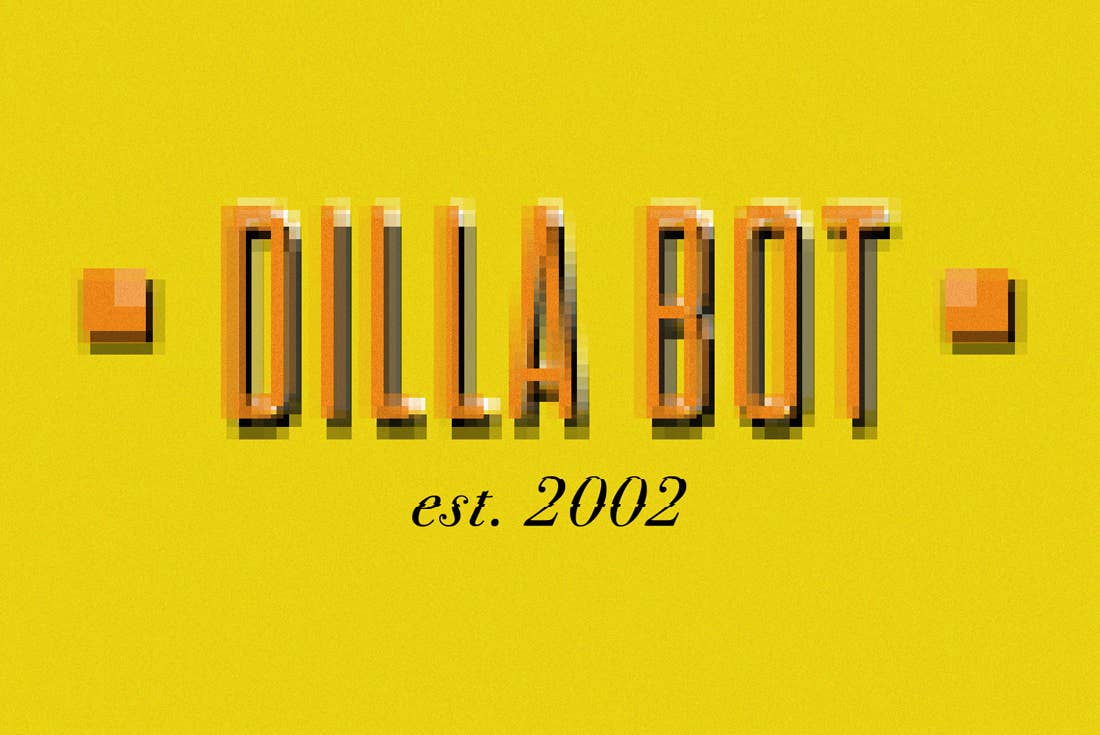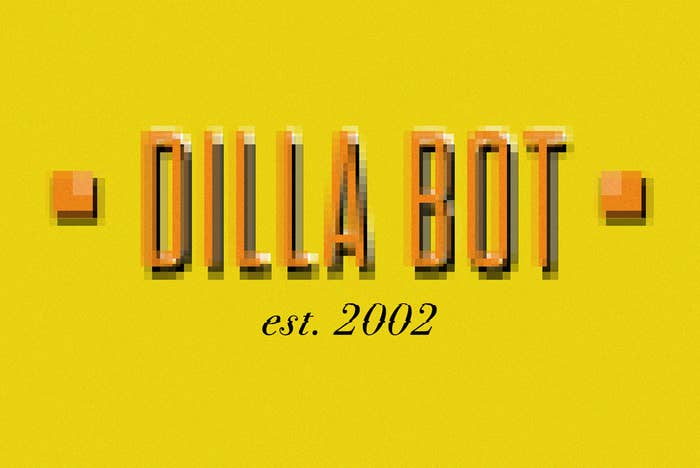
Although party towns like Ibiza and Las Vegas have become synonymous with electronic dance music, Detroit is one of the birthplaces of what Motor City locals referred to as “techno music.” Black DJ/producers like Kevin Saunderson, Derrick May, and James Pennington pioneered their own unique sound before being largely written out of history. Growing up in the D, Dilla would have been immersed in these sounds, and his musical tastes were broad anyway—as evidenced by his sample choices.
Sampling may have played a role in bringing about Dilla’s digital phase. As Swizz Beatz and the Neptunes would attest, making beats on a keyboard could be a lot more lucrative than chopping samples and hoping nobody sent you a cease and desist letter. In the classic Dustbusters interview, Dilla spoke on “the synthetic shit I was fucking with,” admitting that “samples play a good part in that whole movement.” He went on to relate the story of a sample he used on Q-Tip’s Amplified album that ended up costing him big time. “$100,000 for that little sound? Come on! I’m like, ‘Where is the love at?’ Fuck it, I’ll play it my damn self.”
Dilla’s digital detour was also about staying ahead of the curve creatively. And while he adopted the playful handle “Dilla Bot” on one memorable track, his adventures in electronic music—from bouncy electro-funk to futuristic spaced-out blips and bloops—were anything but robotic. Questlove would later recall the moment he got the memo, while the two were starting to work on Common’s Electric Circusalbum. “He just told me, ‘It’s 2002. Let’s go somewhere else.’ It was almost like Jerry Maguire: ‘Who’s coming with me?’ It was really weird.” Questlove tried to apply some “if it ain’t broke don’t fix it” logic, but Dilla wasn’t having it. “Nah, man. Let’s go the opposite. Go the complete opposite of what you would do…. This is what you gotta do. Everyone has now caught up to what you’re doing, and for you to stay ahead of the pack, you’re going to have to get uncomfortable and just go there.” Most Common fans weren’t ready to go there with Dilla, but at that point there was no stopping him.
EARLY ELECTRO SINGLES
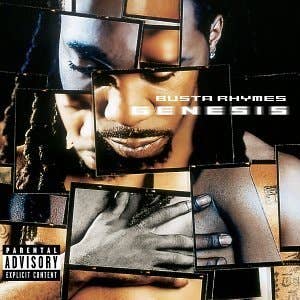
(2000-2002)
When Slum Village’s second album got to track 13, listeners did a double-take to make sure nothing was wrong with their systems. Instead of the usual warm, gritty beats “Raise It Up”sounded like something that could have come out of a Nintendo system. (It was actually a sample of Daft Punk member Thomas Bangalter’s “Extra Dry.”) The electro theme continued on Busta Rhyme’s hectic “Make It Hurt” off the Genesis album—who else but Busta could ride this beat? In the Welcome 2 Detroit liner notes, Dilla referred to the song “B.B.E. (Big Booty Express)”—a raunchy reference to Kraftwerk’s asexual breakbeat staple “Trans-Europe Express”—as “his baby,” revealing a fondness for the Detroit techno traditions into which the track tapped. Hence the ominous electro vibes of “Let’s,” one of three beats Dilla provided for SV’s third album, Trinity (Past, Present and Future).
COMMON, ‘ELECTRIC CIRCUS’
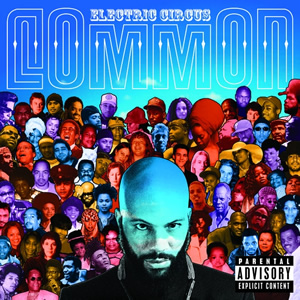
(2002)
The last time Dilla messed with a major label project was on Common’s fifth studio album, which was a complete departure from the Chicago-getter’s preceding Soulquarians project in every way imaginable. “What my man did this album,” Dilla Dog recalled a year later, “he did not want to do anything that sounded like anything he has ever done, or anything anybody has ever done.” Mission accomplished. Although the artist and producer were both on the same page if there was any album in Dilla’s discography more reviled than Beats, Rhymes, and Life, this was it. One of the more effective moments was the throbbing “Soul Power,” built around a futuristic inside-out electronic groove that explains what Com had in mind back in 1997 when he came up with the phrase “One Day It’ll All Make Sense.”
ELECTRO SINGLES
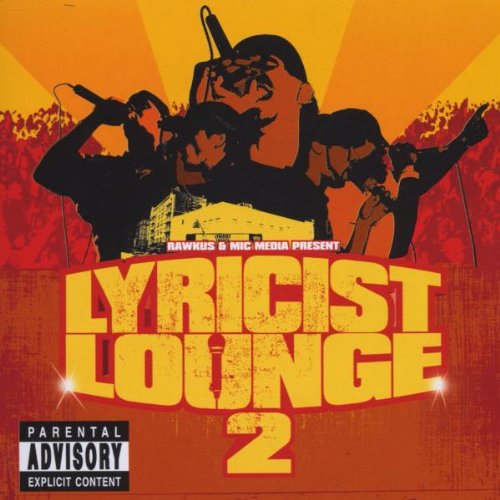
(2002-2003)
As much as Dilla despised biters, he showed appreciation when someone’s music inspired him: “I get inspired, but you wanna do you. Do your thing. It’s all good if you can show that you can touch all the areas.” He described “Let’s Grow” by Royce da 5’9” as “my Timbaland impression,” and he knew just who to hand it to when he cooked it up. On the title track from Busta’s It Ain’t Safe No More, Dilla provided some bugged-out Captain Nemo organ shit, the perfect accompaniment for Bussa Bus to rap about “shitting and farting, spitting and vomiting all up in the crib” as well as “motherfuckers bombin’ New York! Shit is crazy!” But when it comes to sheer bugged-out menace, nothing could touch Dilla’s skeletal, slow-lurching beat for Jaylib’s “The Heist.”
FRANK-N-DANK, ‘48 HRS’

(2003)
After getting down with MCA Records—whom they would later describe as “Music Cemetery of America”—Frank-N-Dank submitted their debut album, 48 Hours, but for reasons that remain unspecified the project was shelved. When the original version leaked, F-N-D went back to the basement to rework the project with 15 fresh Dilla productions, and eventually landed a deal with Delicious Vinyl—the same label that fronted on Jay Dee back in the Pharcyde days. When their solo debut finally dropped it had evolved in a more electro direction. “Rite Bites” finds Dilla’s old friends talking much smack over a nasty electro beat. “Pimp Strut” finds Dilla exploring the tonal textures of various digital tones—some feather soft, some scratchy and crunchy. A drastic tempo shift kicks in two-and-a-half minutes in just to throw everybody off.
LATER ELECTRO SINGLES
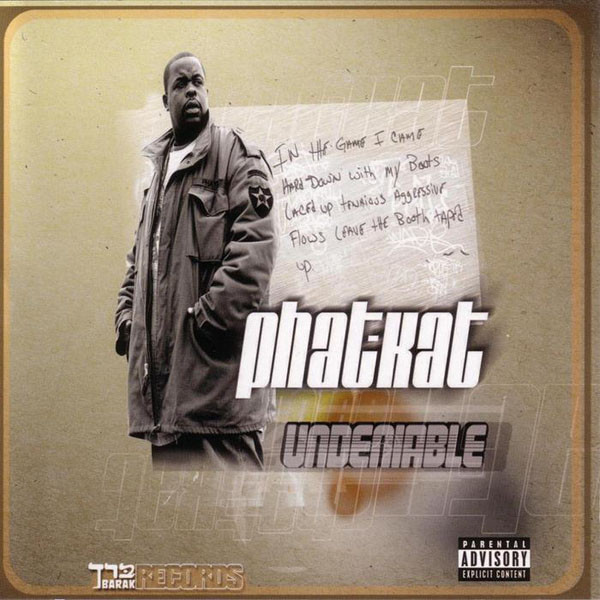
(2003)
Returning to the “BBE” theme, the salacious lead single off Phat Kat’s album The Undeniable LP: Detroit Edition posed the (surely rhetorical?) question “who love big booty, nipples, titties, and thighs?” over a backing track that combines a Swizz Beatz-esque keyboard swipe with Dilla’s understated finger-snap snare. Dilla laid down a burbling digi bass and ethereal synth washes for Frank-N-Dank to spit their game on the slow-burner “Okay,” while the proto-ragga riddims and Linear Tech bombs of their “Marijuana” are fully herb-appropriate. The following year Dilla blessed Slum Village with a sci-fi-worthy electro track for their Prelude to a Classic EP and then linked with Madlib’s younger brother Oh No and his DJ Roc C for abizarro OX-meets-D collab. The latter soundbed was fashioned from a deranged sample of Mike Hankinson’s “Toccata and Fugue in D Minor” off his essential album The Unusual Classical Synthesizer. According to a particularly erudite discog comment, certain low notes on that album might just damage your speakers, but no worries: Within a minute of the end the beat transforms into nitro-powered horn blasts and a tyrannosaurus roar.
POSTHUMOUS ELECTRO SINGLES

(2008-2009)
Even after Dilla’s passing, the digi-treats kept coming. His younger brother Illa J rides a sliver of Kraftwerk’s immortal “Trans-Europe Express” on Yancey Boys’ “We Here.” The outstanding Pete Rock-helmed compilation Jay Stay Paid boasts three memorable electro cuts: the densely layered instrumental “Spacecowboy vs. Bobble Head,” which makes an excellent soundtrack to Japanese monster movies, the ominous 82-second “Lazer Gunne Funke” with its layered air-raid sirens, morse-code keyboard melodies, and the bewildering “Dilla Bot vs. The Hybrid” on which Danny Brown and Constantine declare—credibly—that “Detroit is in this bitch.”

